Invasive Plants
Read more about some of Mississippi's most harmful invasive plants, including where they came from, the threats they pose, and the control methods used to mitigate them.
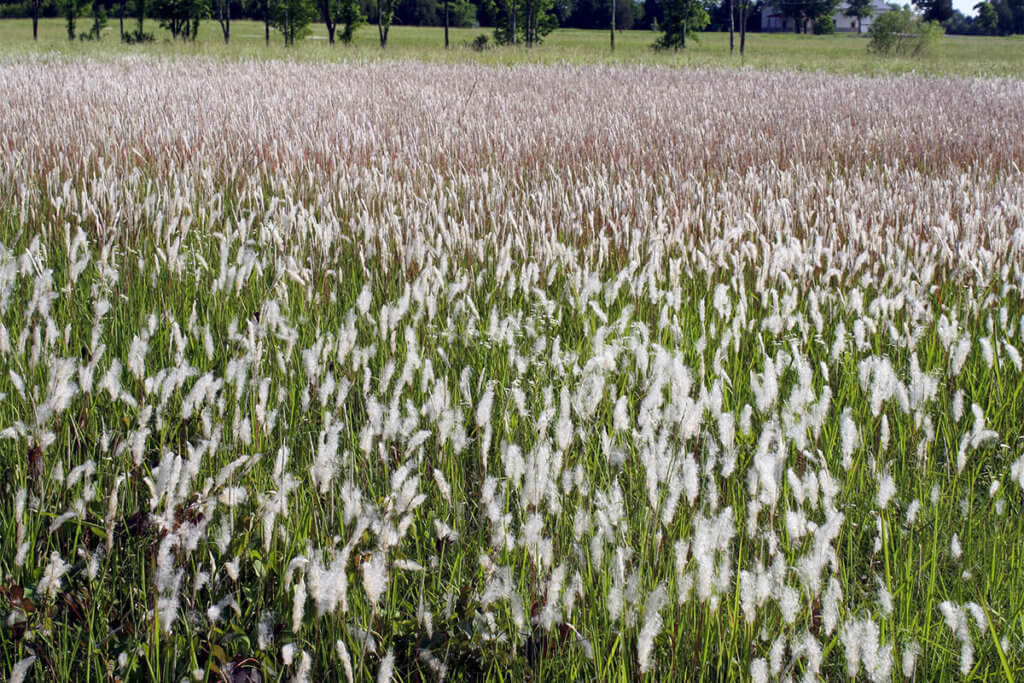
Cogongrass
Cogongrass (Imperata cylindrica) is an invasive, non-native considered to be one of the Top 10 Worst Weeds in the World. Its dense stems and rooting system choke out other vegetation.
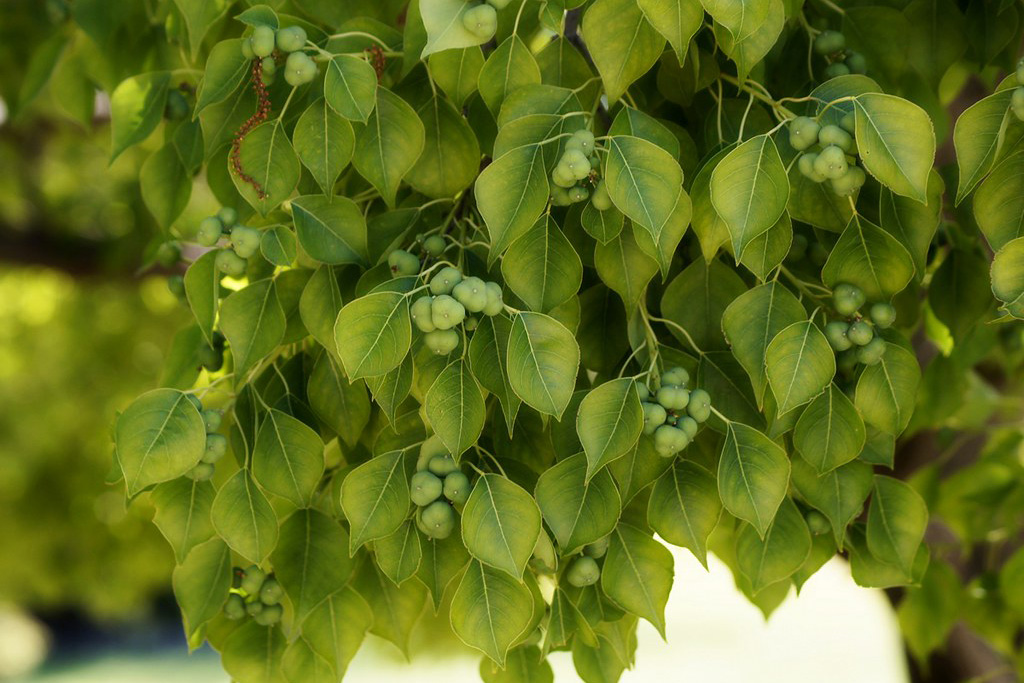
Chinese Tallow Tree
Also known as the Popcorn Tree, the Chinese Tallow Tree is one of the top 10 most invasive plants in Mississippi. Popcorn trees spread like wildfire, overtaking native vegetation, damaging wildlife habitats, and destroy nature’s balance. Popcorn trees have distinct, heart-shaped leaves, dangling yellow flowers, and fruit that looks like popcorn.
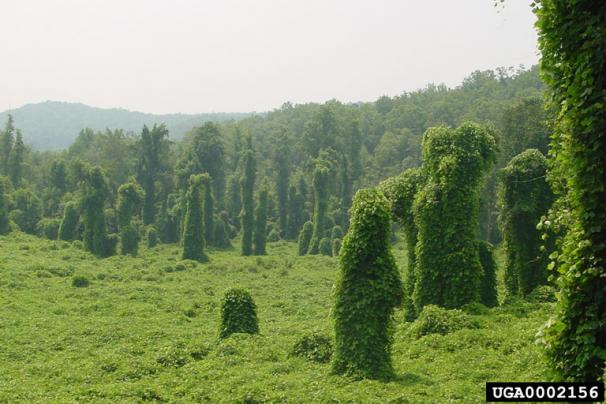
Kudzu
Kudzu is a climbing, semi-woody, perennial vine in the pea family that kills other plants by smothering them under a blanket of leaves and by breaking branches or uprooting entire trees and shrubs through the sheer force of its weight.
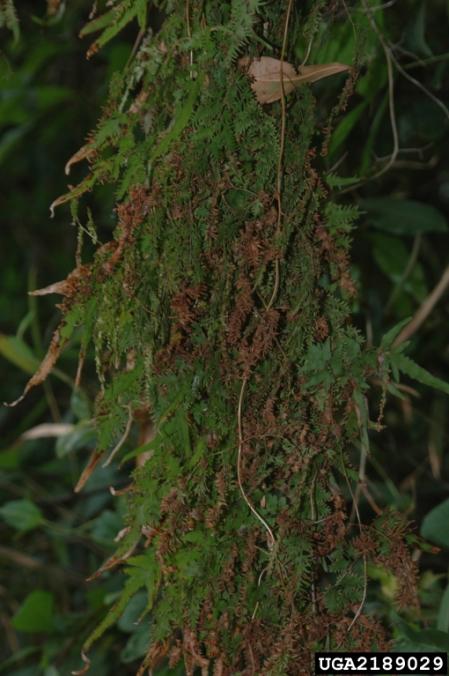
Japanese Climbing Fern
The Japanese Climbing Fern is a perennial viney fern, climbing and twining to 90 feet (30 m) long, with lacy, finely divided leaves along green to orange to black wiry vines, often forming mats of shrub- and tree-covering infestations.
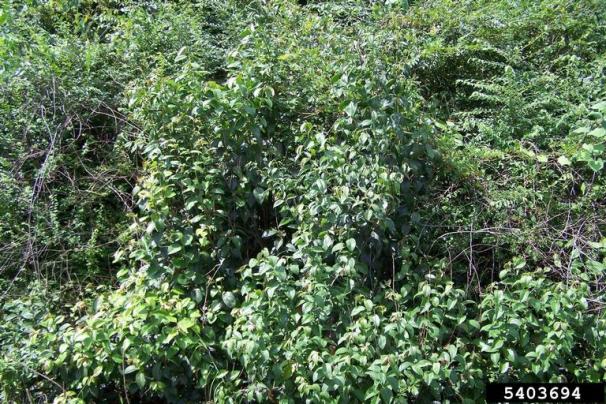
Japanese/Glossy and Chinese/European Privet
Privet is commonly used as a hedge and is capable of invading natural areas such as floodplain forests and woodlands. Privets out-compete desirable plants by aggressively forming dense thickets.
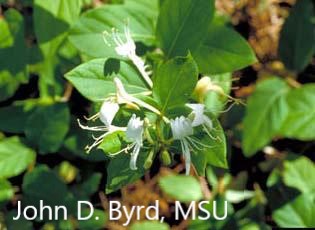
Japanese Honeysuckle
The Japanese Honeysuckle is a rapid grower that can quickly out-compete native species for light, space, and nutrients. Instead, plant native alternatives like Coral honeysuckle, and several others.
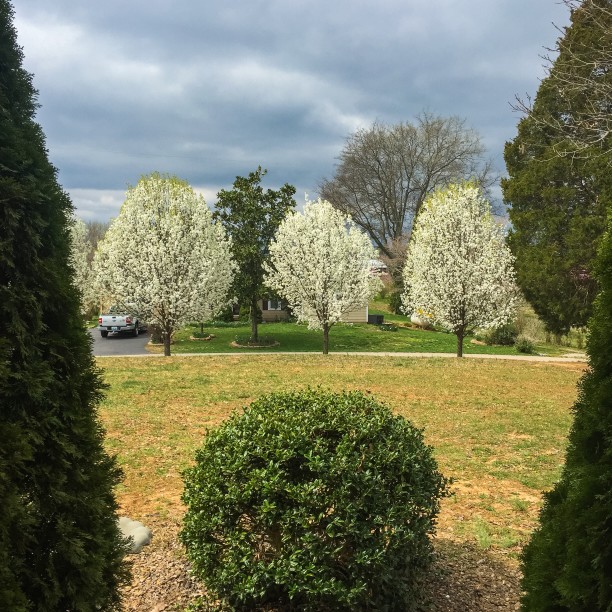
Bradford Pear
The Bradford or Callery Pear’s uniform shape, profuse white flowers, and bright red fall foliage made it a much-planted ornamental tree throughout the southeast. For many years the trees were sterile, not producing fruit. But in the 2000’s they began to cross-pollinate and produce abundant amounts of fruit that were spread by birds.
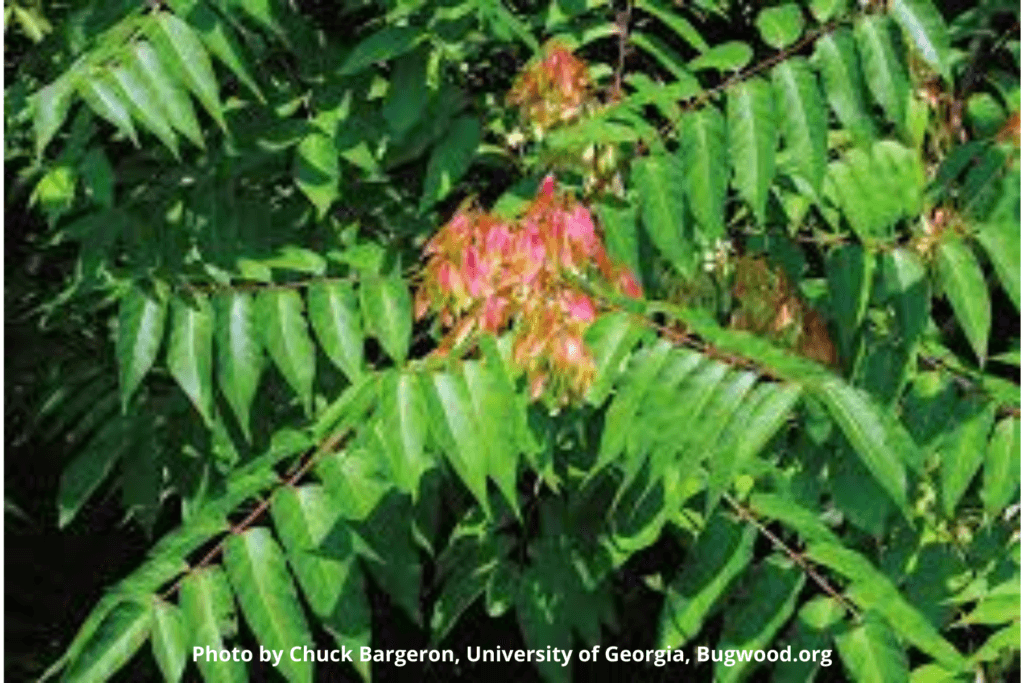
Tree of Heaven
Tree of Heaven has a remarkable ability to clone itself through root suckering and its tolerance and adaptability to various site and soil conditions, which gives this species a dominating, competitive edge over many native species.
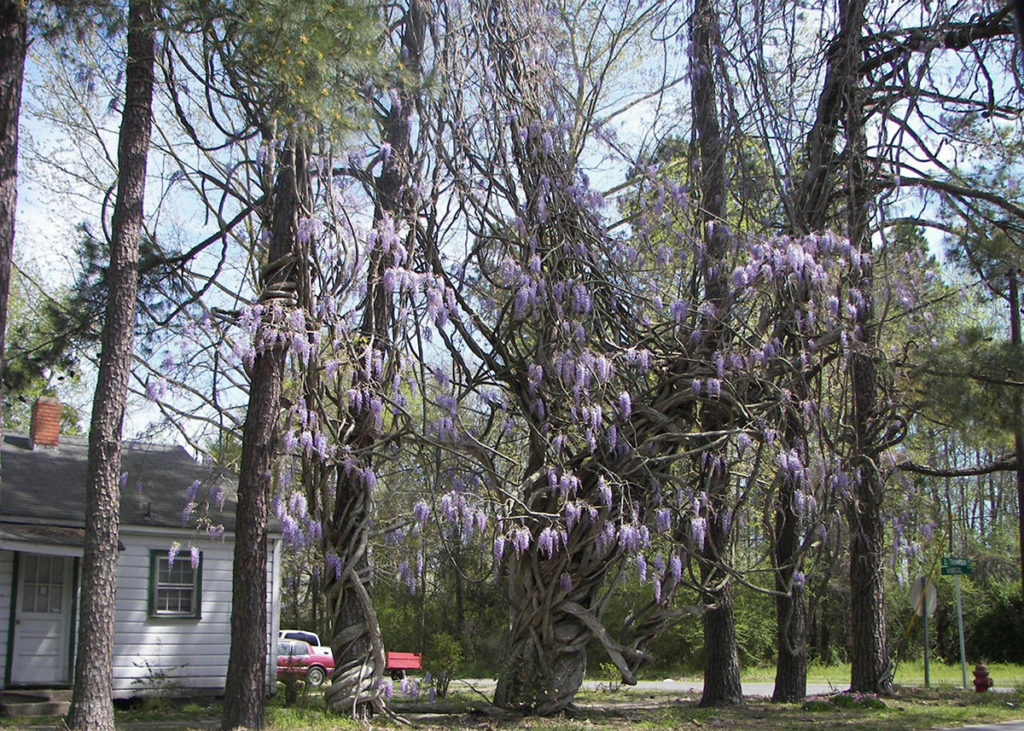
Chinese/Japanese Wisteria
Wisteria is typically found around old houses. There are two species of wisteria that have escaped in the eastern United States: Chinese wisteria and Japanese wisteria. Once established, wisteria can be difficult to eradicate and can persist for years, strangling native trees and shrubs. They can kill or disfigure desirable trees in the landscape.
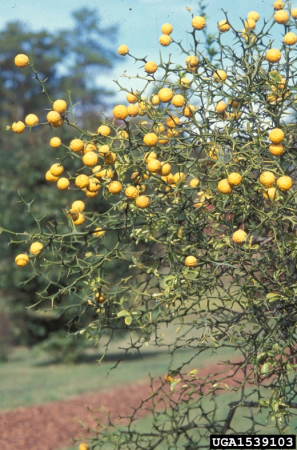
Trifoliate Orange
The common name Trifoliate Orange is about the three-lobed leaves and orange fruit. This shrub grows 8-15 feet tall. This hardy and thorn-laden shrub can invade woodlands, forest edges, and disturbed urban areas such as fence rows and green spaces. They grow in the understory very rapidly and can shade out native plants. Their vicious thorns do not provide adequate habitat or shelter for nesting birds, squirrels, or burrowing animals.
Help us track invasive species using the MS Invasive Species Tracking App
Additional Resources
More Information
For more information about invasive plant species in Mississippi, email comments@mfc.ms.gov.
